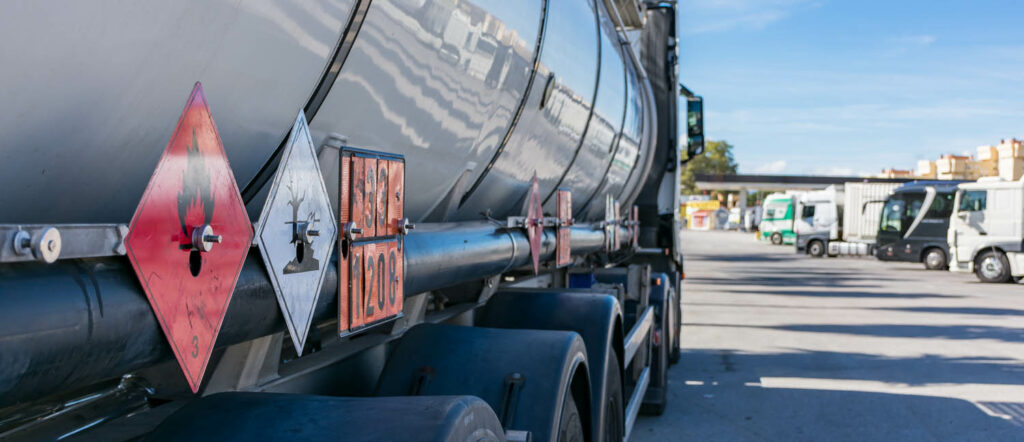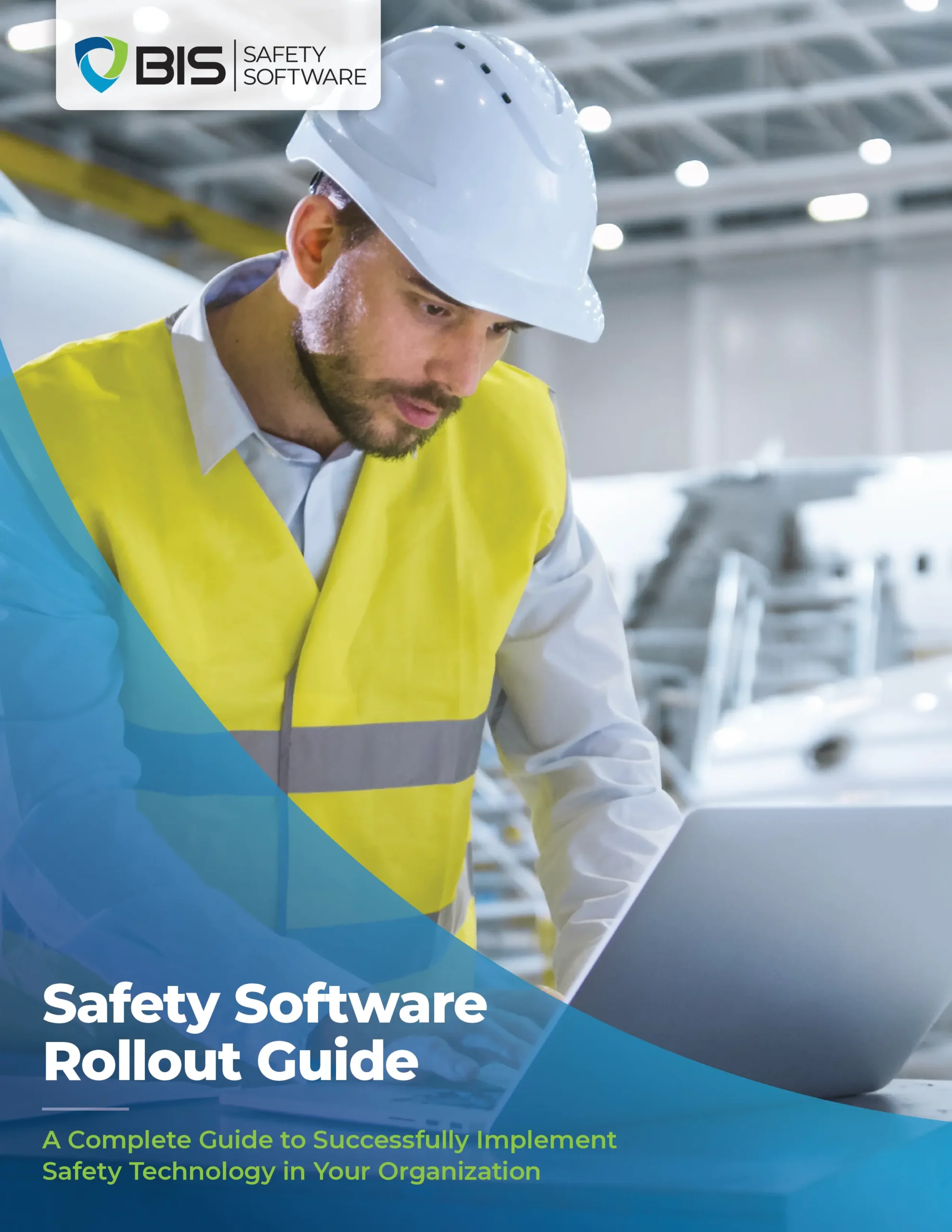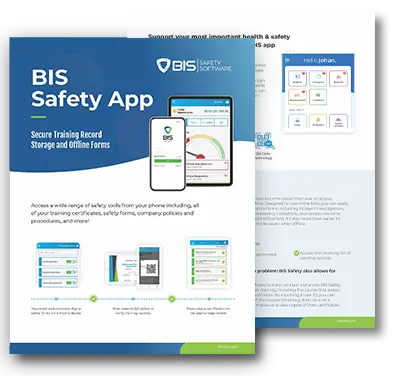
Safety Tips for Shipping Dangerous and Hazardous Goods
Every year, millions of shipments containing dangerous goods traverse the United States by road, rail, air, and sea. These shipments are crucial to various industries, but they also present significant risks if not handled properly. The U.S. Department of Transportation (DOT) reported over 22,000 incidents involving hazardous materials in 2021 alone. Most of these incidents—over 85%—occurred on highways, highlighting the need for strict adherence to safety procedures during transportation.
Hazardous material incidents can have severe consequences, including loss of life, environmental damage, and significant financial costs. In 2021, there were 27 deaths associated with hazardous material incidents in the U.S. Two primary causes were found to be human error, often due to loss of control or improper handling. These findings emphasize the importance of thorough training and safety protocols for anyone involved in shipping dangerous goods.
To help minimize risks, here are some essential safety tips for shipping dangerous goods.
1. Correctly Classify the Dangerous Goods
Hazardous materials come in various forms, and each type requires different handling and shipping protocols. The HMR classifies hazardous materials into nine primary classes:
- Class 1: Explosives
- Class 2: Gases
- Class 3: Flammable Liquids
- Class 4: Flammable Solids; Substances Liable to Spontaneous Combustion; Substances That on Contact with Water Emit Flammable Gases
- Class 5: Oxidizing Substances and Organic Peroxides
- Class 6: Toxic and Infectious Substances
- Class 7: Radioactive Materials
- Class 8: Corrosives
- Class 9: Miscellaneous Dangerous Goods, including environmentally hazardous substances
Each classification comes with specific guidelines on packaging, labeling, and documentation. It’s essential to accurately classify your goods, as misclassification can lead to inadequate safety measures and potential incidents. Proof of classification must be retained for a minimum of two years after the goods are shipped, and this proof should include the technical name, hazard classification, and the date of classification.

2. Ensure Comprehensive Training
When it comes to shipping dangerous goods, comprehensive training is not just a regulatory requirement—it’s a critical component of safety. Properly trained personnel are less likely to make errors that can lead to incidents, which can range from minor spills to catastrophic accidents. The U.S. Department of Transportation (DOT) mandates that all employees involved in the transportation of hazardous materials receive training that covers a range of essential topics. These include the proper classification of hazardous materials, packaging, labeling, documentation, and emergency response procedures.
Why Comprehensive Training Matters
Human error is a significant factor in hazardous material incidents, accounting for a substantial percentage of accidents. Comprehensive training helps mitigate these risks by ensuring that employees are not only aware of the regulations but also understand how to apply them in real-world situations. Effective training should be practical, engaging, and tailored to the specific needs of your company and the types of hazardous materials you handle. Regular refresher courses are also necessary to keep employees up-to-date with any changes in regulations and best practices.
Training should cover several key areas, including:
- Understanding the Hazard Classes: Employees need to be familiar with the nine classes of hazardous materials and the specific risks associated with each.
- Proper Packaging and Labeling: Ensuring that hazardous materials are packaged securely and labeled correctly is crucial for preventing accidents during transportation.
- Documentation: Accurate and thorough documentation is essential for compliance and for emergency responders who may need to know exactly what materials are involved in an incident.
- Emergency Response: Employees must know how to respond effectively in the event of an incident, including containment, cleanup, and reporting procedures.
Recommended Courses from BIS Safety Software
BIS Safety Software offers a range of online courses designed to meet the training needs of companies involved in the transportation of hazardous materials. Here are some key courses that can help ensure your employees are well-prepared:
Transportation of Dangerous Goods (TDG)
This course provides an overview of the TDG regulations and is essential for anyone involved in the transportation of hazardous materials. It covers topics such as classification, documentation, packaging, labeling, and emergency response. This training ensures that employees are compliant with U.S. regulations and understand how to safely transport dangerous goods.
Transportation Training Course Subscription
Tailored for North American regulations, this course subscription offers a wide range of training that all contributes to a comprehensive knowledge base for your team. It is ideal for employees responsible for preparing, handling, and transporting hazardous materials.
Emergency Response Assistance Plan (ERAP) Training
This course focuses on preparing employees to develop and implement an Emergency Response Assistance Plan (ERAP) for hazardous materials transportation. An ERAP is required for certain high-risk dangerous goods, and this training ensures that your employees are equipped to handle emergencies effectively.
Spill Response Training
Even with the best precautions, spills can happen. This course provides practical training on how to respond to hazardous material spills, minimizing the risk to people and the environment. It covers containment, cleanup, and reporting procedures, ensuring that employees are ready to act swiftly in the event of a spill.
3. Communicate with Your Shipper in Advance
When shipping dangerous goods, one of the most critical steps you can take is to establish clear and open communication with your shipper well before the shipment is scheduled to leave. This step may seem straightforward, but failing to do so can lead to costly delays, non-compliance with regulations, or even dangerous incidents. Shipping companies often have specific policies, requirements, and procedures for handling hazardous materials, and understanding these in advance ensures that your shipment is prepared according to their standards.
Why Communication with Your Shipper is Crucial
Shipping dangerous goods is governed by a complex web of regulations that vary depending on the mode of transportation (road, rail, air, sea), the destination (domestic or international), and the specific nature of the goods being shipped. Each shipping company may have additional requirements on top of the legal regulations, based on their safety protocols, insurance requirements, or logistical considerations.
Failing to communicate with your shipper can result in several potential issues:
- Incorrect Packaging or Labeling: If your shipment doesn’t meet the shipper’s packaging or labeling standards, it could be rejected, delayed, or mishandled. For example, a shipment labeled correctly for road transport might not meet the stricter requirements for air transport, leading to significant delays.
- Regulatory Non-Compliance: Different regions have different regulations, and shipping companies often enforce these rigorously to avoid penalties. If you’re unaware of these requirements, your shipment could be found non-compliant, resulting in fines or legal consequences.
- Logistical Delays: Without prior communication, you might not be aware of specific documentation or preparation steps required by the shipper. Missing documents or improper preparation can lead to delays that disrupt your entire supply chain.
- Safety Risks: The most severe consequence of poor communication is the potential for safety hazards. If a shipment is not prepared according to the shipper’s guidelines, it could lead to spills, leaks, or even explosions during transit, endangering lives and property.
Real-Life Examples of What Could Go Wrong
- The ValuJet Flight 592 Incident (1996)
One of the most tragic examples of what can go wrong when shipping dangerous goods without proper communication and preparation is the ValuJet Flight 592 disaster. The plane crashed into the Florida Everglades shortly after takeoff, killing all 110 people on board. The cause? Hazardous oxygen generators were improperly labeled and packed, and the airline was not fully informed of the dangers they posed. This incident underscores the critical importance of not only following regulations but also thoroughly communicating with all parties involved in the shipping process . - The Lac-Mégantic Rail Disaster (2013)
In Canada, the Lac-Mégantic rail disaster serves as another stark reminder. A train carrying crude oil derailed in the small town of Lac-Mégantic, resulting in a massive explosion that killed 47 people. Investigations revealed that the oil was mislabeled as less hazardous than it actually was, leading to inadequate safety measures. Proper communication between the shipper, the rail company, and regulatory authorities could have prevented this catastrophic event by ensuring that the correct precautions were taken . - Port of Tianjin Explosion (2015)
In China, a massive explosion occurred at the Port of Tianjin, one of the busiest ports in the world. Hazardous chemicals, including highly explosive ammonium nitrate, were stored improperly and without proper communication between the shippers and the port authorities. The explosion killed over 170 people and caused billions of dollars in damage. This disaster highlights the dangers of inadequate communication and mismanagement when handling and shipping dangerous goods .
Key Steps for Effective Communication with Your Shipper
To avoid these types of incidents and ensure a smooth, safe shipment, here are some key steps to take when communicating with your shipper:
- Discuss Specific Requirements Early: Reach out to your shipper as soon as you know you’ll be shipping hazardous materials. Discuss the specific requirements they have for packaging, labeling, documentation, and handling. Ensure that these align with the regulations governing your shipment.
- Clarify Documentation Needs: Different modes of transportation and destinations may require specific documentation. For example, international shipments might need additional customs declarations, while air shipments require detailed manifests that comply with IATA regulations. Missing or incorrect documents can cause delays or legal issues.
- Confirm Packaging and Labeling Standards: Each type of hazardous material has specific packaging and labeling requirements. Confirm these with your shipper to ensure that your packaging meets their standards and the relevant legal requirements. For instance, what is sufficient for road transport might not be for air or sea transport, as was tragically demonstrated in the ValuJet incident.
- Understand the Shipper’s Emergency Protocols: In case of an incident during transit, it’s crucial to know your shipper’s emergency response protocols. This knowledge can be vital in minimizing damage and ensuring quick, effective responses. It’s also an opportunity to provide the shipper with any additional information they might need about the materials, such as specific handling or containment measures.
- Regularly Update Communication: Maintain open lines of communication with your shipper throughout the process, especially if there are any changes to the shipment. This is particularly important if you’re shipping materials that could degrade over time or require specific environmental conditions.

4. Properly Package and Label Your Shipment
Packaging and labeling are critical steps in ensuring the safe transportation of hazardous materials. The packaging must meet the standards set by the HMR, which are designed to contain and protect the hazardous materials during transport. The type and quantity of hazardous materials will dictate the required packaging, which must be durable enough to prevent leaks or spills under normal transport conditions.
Labeling is equally important and must comply with the standards of the Globally Harmonized System of Classification and Labelling of Chemicals (GHS), which has been adopted in the U.S. Proper labeling includes:
- The Proper Shipping Name: The technical name of the substance, written in uppercase, such as “FLAMMABLE LIQUID, TOXIC.”
- Hazard Class Labels: These labels indicate the type of hazard, such as “CORROSIVE” or “FLAMMABLE.”
- UN Identification Number: A four-digit number assigned by the United Nations to identify hazardous substances, found in the HMR’s Table of Hazardous Materials.
- Packing Group: Hazardous materials are divided into three packing groups based on their level of danger:
- Packing Group I: High danger
- Packing Group II: Medium danger
- Packing Group III: Low danger
- Orientation Label: For liquids, this label ensures the package is kept upright during transit.
- UN Certification Mark: This mark indicates that the packaging meets the UN’s standards for hazardous materials.
Different transportation modes, such as air or sea, have additional regulations. For example, air shipments must comply with the International Air Transport Association (IATA) Dangerous Goods Regulations, while sea shipments must meet the International Maritime Dangerous Goods (IMDG) code for international waters.
5. Pay Close Attention to Detail
Given the hazardous nature of these materials, attention to detail is critical at every step. Errors in packaging, labeling, or documentation can lead to catastrophic outcomes. Employees should be encouraged to double and triple-check their work, from the initial preparation of materials to the final sealing of the shipment. A culture of diligence and responsibility can significantly reduce the chances of mistakes, keeping everyone safer in the process.
Conclusion
Transporting hazardous materials is a high-risk activity that requires strict adherence to safety protocols. Proper training, accurate classification, clear communication with shippers, meticulous packaging, and labeling, and unwavering attention to detail are all essential to minimizing the risks involved. While accidents can never be completely eliminated, following these guidelines can help ensure that hazardous materials are transported as safely as possible.








































